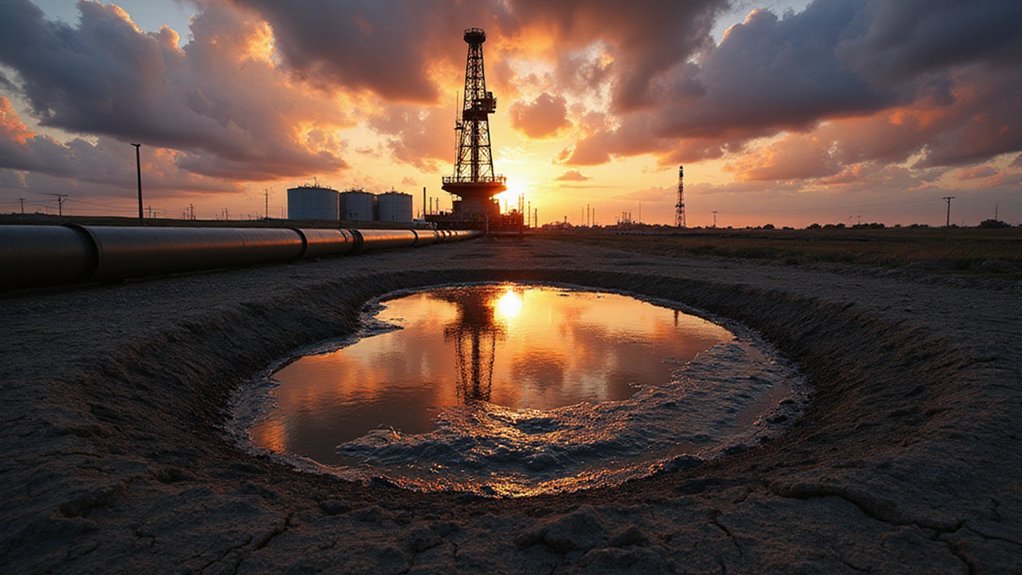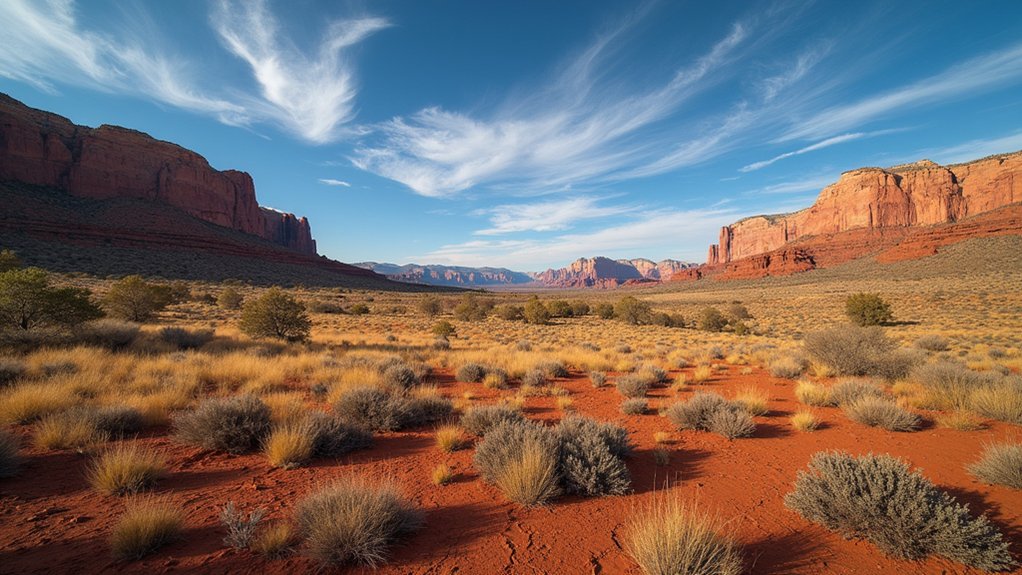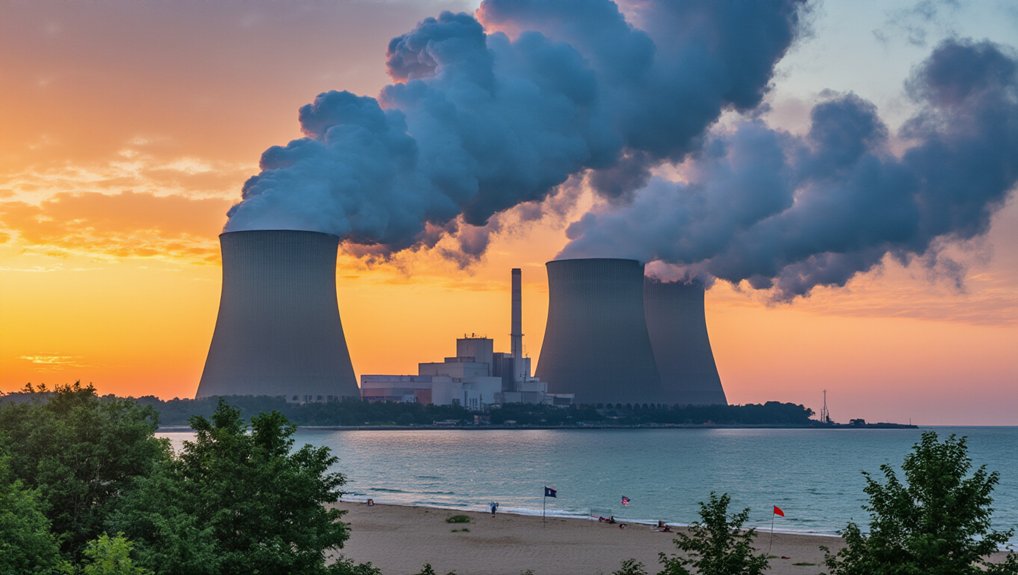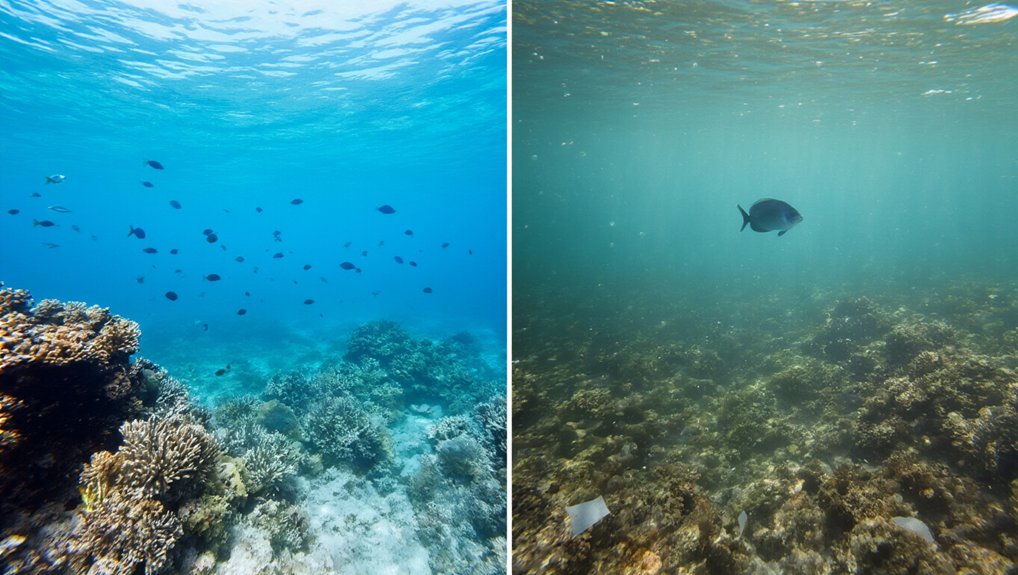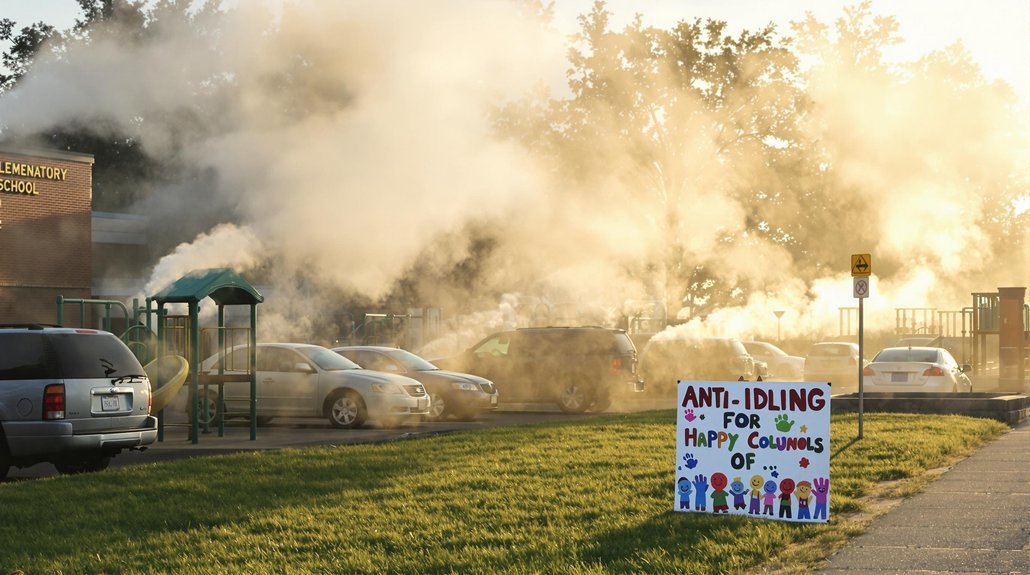Secrecy shrouds one of America’s most dangerous environmental threats. Over 30 trillion gallons of toxic waste have been injected deep underground across the United States in recent decades. Many chemicals used in oil and gas drilling remain unnamed, hidden from regulators and the public as “trade secrets.” These deep injection wells function as invisible dumping grounds for industrial and petrochemical waste.
The practice isn’t as safe as companies claim. High-pressure injections have exceeded what geologic formations can handle, creating leak risks. In at least one documented case, pollutants rose 1,400 feet through rock layers toward areas storing drinking water. Chemicals like phenol have migrated through rock that was supposed to contain them, threatening aquifers that supply drinking water.
Despite industry assurances, toxic chemicals are breaking through geological barriers, threatening our drinking water supplies.
Communities near oil and petrochemical operations face serious health risks. Exposure to these toxins is linked to respiratory illnesses, cancers, and developmental disorders. Many new petrochemical facilities are being built in low-income areas and communities of color, continuing patterns of environmental injustice. Nearly 12 million people live within half a mile of these toxic facilities, facing daily exposure to harmful pollutants.
As demand for fossil fuels decreases, the oil and gas industry is shifting focus to petrochemicals. They’re planning massive investments in new plants across America that will increase chemical production and waste. This expansion locks in decades of continued emissions and toxic disposal. Meanwhile, the transition to renewable energy offers a cleaner alternative that produces significantly less pollution and preserves natural resources.
Regulatory oversight remains weak. Companies can legally inject substances underground that would be illegal to discharge into rivers or soil. The EPA and state agencies have documented more than 150 cases of alleged contamination between 2008 and 2011, with 25 instances directly linked to Class 2 wells. Investigations into leaks often drag on for decades with uncertain outcomes. The lack of chemical disclosure makes it nearly impossible for communities to know what threats they face.
Beyond human health concerns, these practices harm ecosystems. Toxic releases damage soil microbes, stunt plant growth, and reduce agricultural productivity. When spills reach water bodies, they disrupt aquatic habitats and contaminate freshwater resources that wildlife depends on.
This hidden crisis continues while regulators fail to close loopholes and enforce stronger oversight of an industry that prioritizes profits over public health.
References
- https://www.propublica.org/article/injection-wells-the-poison-beneath-us
- https://www.wilderness.org/articles/blog/7-ways-oil-and-gas-drilling-bad-environment
- https://pmc.ncbi.nlm.nih.gov/articles/PMC7035204/
- https://earthjustice.org/feature/petrochemicals-explainer
- https://pmc.ncbi.nlm.nih.gov/articles/PMC3042690/
